BYD Seal vs VW ID.3 – Differences & prices compared
Compare performance, boot capacity, efficiency and price at a glance.
Find out which car is the better choice for you – BYD Seal or VW ID.3?
Costs and Efficiency: Price and efficiency are key factors when choosing a car – and this is often where the real differences emerge.
VW ID.3 has a decisively advantage in terms of price – it starts at 28600 £, while the BYD Seal costs 40300 £. That’s a price difference of around 11709 £.
In terms of energy consumption, the advantage goes to the VW ID.3: with 14.50 kWh per 100 km, it’s hardly perceptible more efficient than the BYD Seal with 15.40 kWh. That’s a difference of about 0.90 kWh.
As for range, the VW ID.3 performs minimal better – achieving up to 605 km, about 35 km more than the BYD Seal.
Engine and Performance: Power, torque and acceleration are the classic benchmarks for car enthusiasts – and here, some clear differences start to show.
When it comes to engine power, the BYD Seal has a noticeable edge – offering 530 HP compared to 326 HP. That’s roughly 204 HP more horsepower.
In acceleration from 0 to 100 km/h, the BYD Seal is convincingly quicker – completing the sprint in 3.80 s, while the VW ID.3 takes 5.70 s. That’s about 1.90 s faster.
In terms of top speed, the BYD Seal performs slight better – reaching 220 km/h, while the VW ID.3 tops out at 200 km/h. The difference is around 20 km/h.
There’s also a difference in torque: BYD Seal pulls slightly stronger with 670 Nm compared to 545 Nm. That’s about 125 Nm difference.
Space and Everyday Use: Cabin size, boot volume and payload all play a role in everyday practicality. Here, comfort and flexibility make the difference.
Both vehicles offer seating for 5 people.
In curb weight, VW ID.3 is slight lighter – 1787 kg compared to 1907 kg. The difference is around 120 kg.
In terms of boot space, the BYD Seal offers minimal more room – 400 L compared to 385 L. That’s a difference of about 15 L.
Maximum payload is identical – both can carry up to 473 kg.
Who comes out on top?
Overall, the BYD Seal shows itself to be leaves the rival little chance and secures the title of DriveDuel Champion.
It convinces with the more balanced overall package and proves to be the more versatile choice for everyday use.
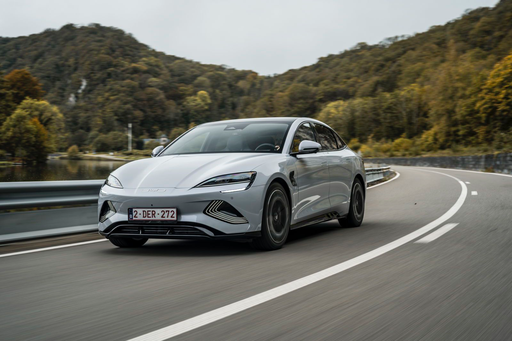
BYD Seal
BYD Seal
The BYD Seal represents a sleek fusion of innovative technology and stylish design, setting it apart in the competitive electric vehicle market. With its aerodynamic silhouette and premium interior finishes, the car offers a driving experience that is both comfortable and exhilarating. Enthusiasts are particularly impressed by the seamless integration of advanced features that prioritise safety and convenience.
details @ press.bydauto.be
@ press.bydauto.be
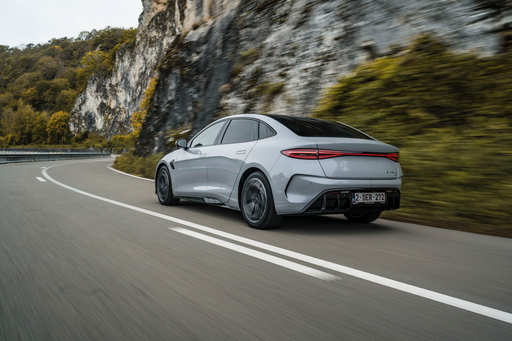 @ press.bydauto.be
@ press.bydauto.be
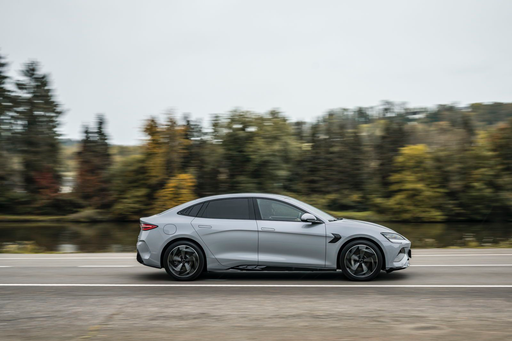 @ press.bydauto.be
@ press.bydauto.be
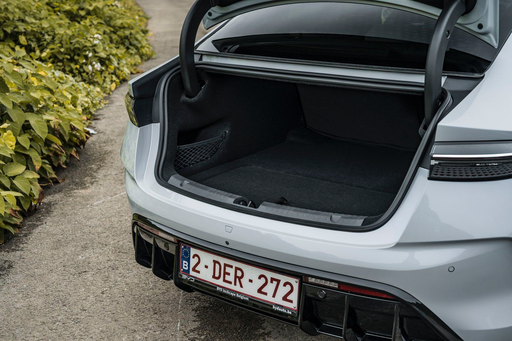 @ press.bydauto.be
@ press.bydauto.be
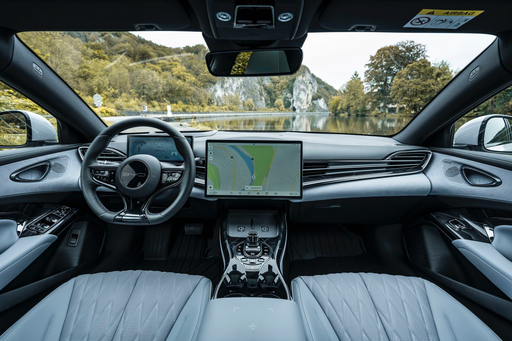 @ press.bydauto.be
@ press.bydauto.be
VW ID.3
The VW ID.3 represents Volkswagen's entry into the world of electric vehicles, offering a modern design that combines functionality with sustainability. Inside, you'll find a spacious and tech-forward interior, providing a comfortable driving experience while maintaining a focus on environmentally friendly materials. The ID.3's performance delivers a smooth and responsive feel on the road, making it a strong contender in the growing electric car market.
details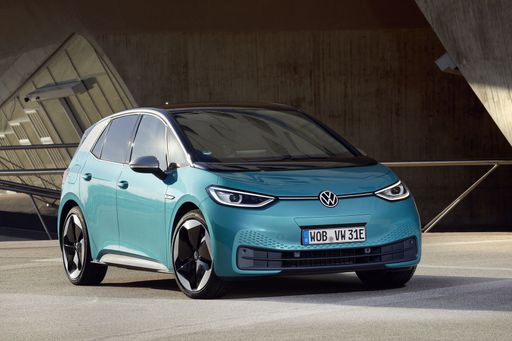 @ Volkswagen
@ Volkswagen
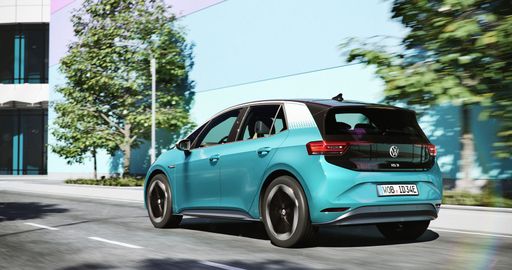 @ Volkswagen
@ Volkswagen
 @ Volkswagen
@ Volkswagen
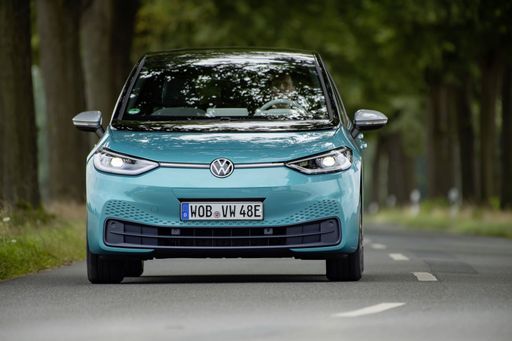 @ Volkswagen
@ Volkswagen
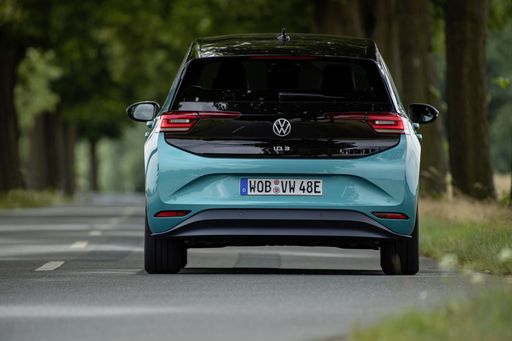 @ Volkswagen
@ Volkswagen
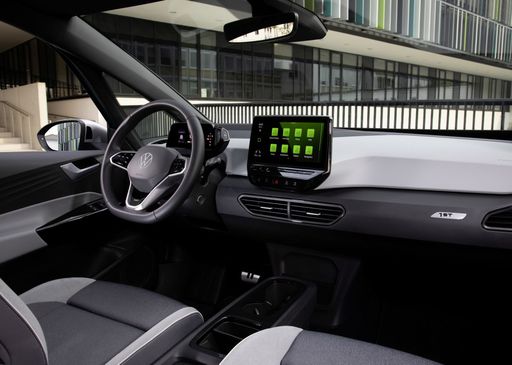 @ Volkswagen
@ Volkswagen
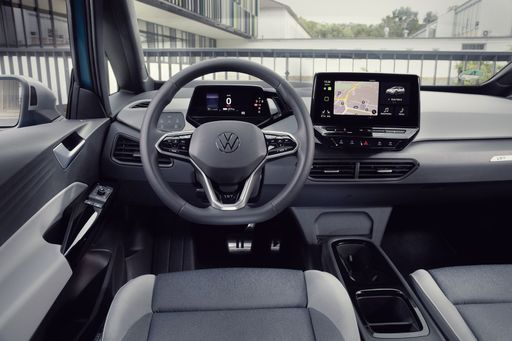 @ Volkswagen
@ Volkswagen

|

|
|
|
|
Costs and Consumption |
|
|---|---|
|
Price
40300 - 45400 £
|
Price
28600 - 49300 £
|
|
Consumption L/100km
-
|
Consumption L/100km
-
|
|
Consumption kWh/100km
15.4 - 18.2 kWh
|
Consumption kWh/100km
14.5 - 15.8 kWh
|
|
Electric Range
460 - 570 km
|
Electric Range
383 - 605 km
|
|
Battery Capacity
-
|
Battery Capacity
52 - 79 kWh
|
|
co2
0 g/km
|
co2
0 g/km
|
|
Fuel tank capacity
-
|
Fuel tank capacity
-
|
Dimensions and Body |
|
|---|---|
|
Body Type
Sedan
|
Body Type
Hatchback
|
|
Seats
5
|
Seats
5
|
|
Doors
4
|
Doors
5
|
|
Curb weight
1907 - 2185 kg
|
Curb weight
1787 - 1993 kg
|
|
Trunk capacity
400 L
|
Trunk capacity
385 L
|
|
Length
4800 mm
|
Length
4264 mm
|
|
Width
1875 mm
|
Width
1809 mm
|
|
Height
1460 mm
|
Height
1564 mm
|
|
Max trunk capacity
-
|
Max trunk capacity
1267 L
|
|
Payload
446 - 473 kg
|
Payload
437 - 473 kg
|
Engine and Performance |
|
|---|---|
|
Engine Type
Electric
|
Engine Type
Electric
|
|
Transmission
Automatic
|
Transmission
Automatic
|
|
Transmission Detail
Reduction Gearbox
|
Transmission Detail
Reduction Gearbox
|
|
Drive Type
Rear-Wheel Drive, All-Wheel Drive
|
Drive Type
Rear-Wheel Drive
|
|
Power HP
231 - 530 HP
|
Power HP
170 - 326 HP
|
|
Acceleration 0-100km/h
3.8 - 7.5 s
|
Acceleration 0-100km/h
5.7 - 8.2 s
|
|
Max Speed
180 - 220 km/h
|
Max Speed
160 - 200 km/h
|
|
Torque
360 - 670 Nm
|
Torque
310 - 545 Nm
|
|
Number of Cylinders
-
|
Number of Cylinders
-
|
|
Power kW
170 - 390 kW
|
Power kW
125 - 240 kW
|
|
Engine capacity
-
|
Engine capacity
-
|
General |
|
|---|---|
|
Model Year
2023 - 2025
|
Model Year
2024 - 2025
|
|
CO2 Efficiency Class
A
|
CO2 Efficiency Class
A
|
|
Brand
BYD
|
Brand
VW
|
What drive types are available for the BYD Seal?
The BYD Seal is available as Rear-Wheel Drive or All-Wheel Drive.
The prices and data displayed are estimates based on German list prices and may vary by country. This information is not legally binding.
